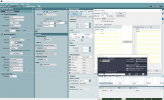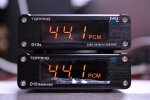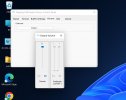Impulse response of D10 Balanced and D10s.
The AP could not measure different inputs at the same time, so I measured them one after the other.
And I haven't been able to stabilize latency either, so I don't have consistent measurements either. But I'll post it anyway.
@MC_RME Is latency stable with the combination of RME interface and RME driver?

The AP could not measure different inputs at the same time, so I measured them one after the other.
And I haven't been able to stabilize latency either, so I don't have consistent measurements either. But I'll post it anyway.
@MC_RME Is latency stable with the combination of RME interface and RME driver?
Attachments
Last edited:





